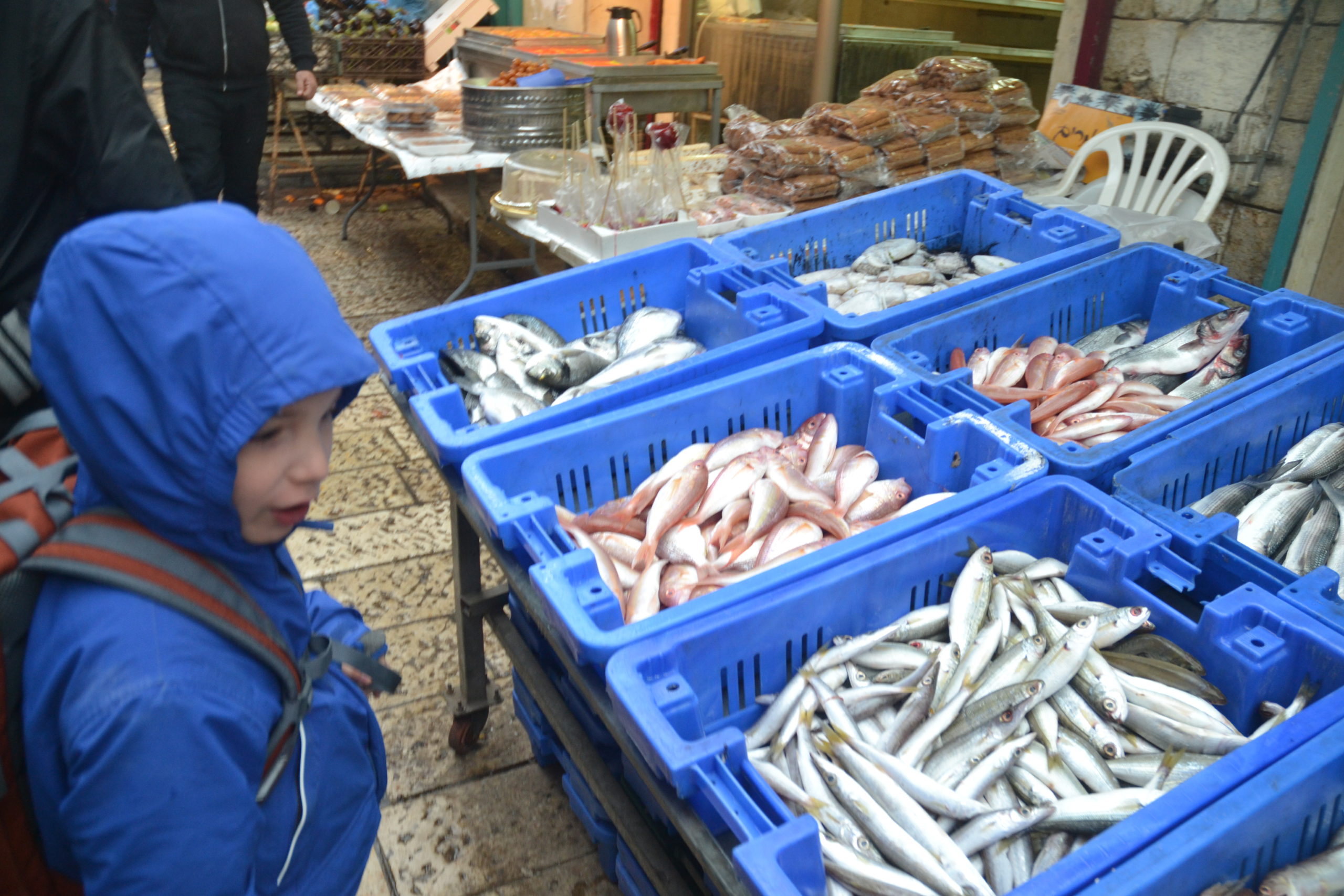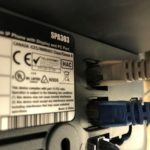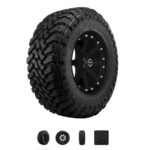ND IL Case Brief: Section 299 of the Patent Act and “DOE” Complaints. Patent Holder Identified in Exhibit 1 v. Does 1-254, as Identified in Exhibit 2, 2021 WL 410661. (NDIL) 2/6/2021. By James Michael Faier, M.P.P., M.B.A., J.D. (Regd. Patent Atty 56731)

Is Judge Kennelly addressing another patent plaintiff or the same plaintiff as earlier this month? The issue of Section 299 of the patent act is that a plaintiff can only lop together infringers if the action presents questions of fact common to them all. The particular issue in this case is a design patent. Most of the time these cases are trademark and trade dress. Judge Kennelly writes that there is little discussion of each of the alleged infringers and the scope of their activities. Another issue is that the plaintiff does not want to identify itself either but rather file under seal hence the title of this action.
All this cloak and danger stuff is driven by the nature of the problem: internet infringers often are fly by night actors selling infringing matter over the internet, taking payments using one of the electronic means such as Paypal, and then running for cover should a rights holder come complaining. The result is judgment proof actors! This is not good.
If you think these people innocent and harmless, then you should think again. We are seeing counterfeiting in scary places like drugs and airplane parts. I do not want to take a drug that is not what the label states it to be. I do not want to ride in an airplane with a key part that is not the one specified by the manufacturer. We must have a way to control the marketplace is selling what is purported.
So the typical way litigation is done is a plaintiff files a lawsuit identifying the infringers in “SCHEDULE A” and the court is asked to issue a TRO based on the complaint. The plaintiff then goes to the payment service and has the accounts frozen of the infringer. Then the plaintiff asks that it be allowed to serve the complaint by email along with the summons. The plaintiff then moves to a preliminary injunction hearing where it goes after any defendant that shows up. Plaintiff goes after defendants who do not show up asking the court for a default judgment. Plaintiff negotiates a settlement with the defendants who show up. That is the end of the matter.
I am not sure what to say about the amassing of defendants. Plaintiffs should have to prove cases on an individual basis. No defendant should be lumped together like fish (see the photo of my youngest son at an outdoor fish market in Israel). If I am an infringer then the system is supposed to require the plaintiff to prove its allegations. Nonetheless, I see the need for a remedy for infringement. ###













